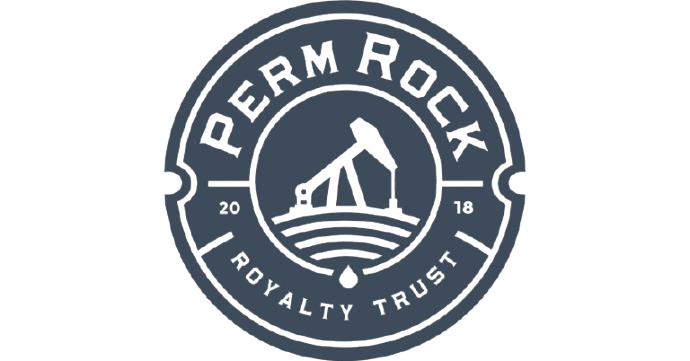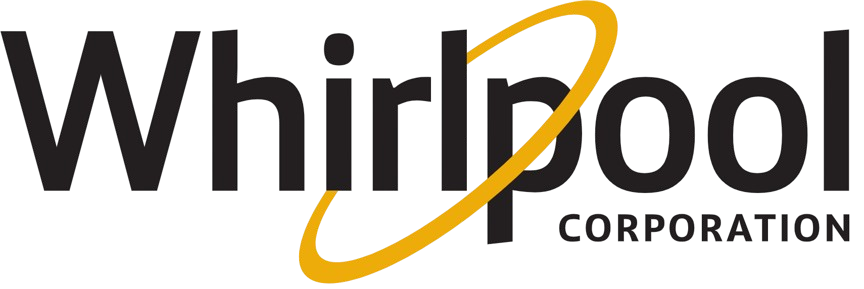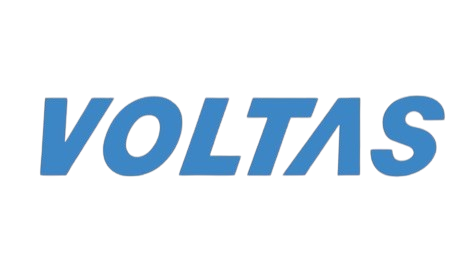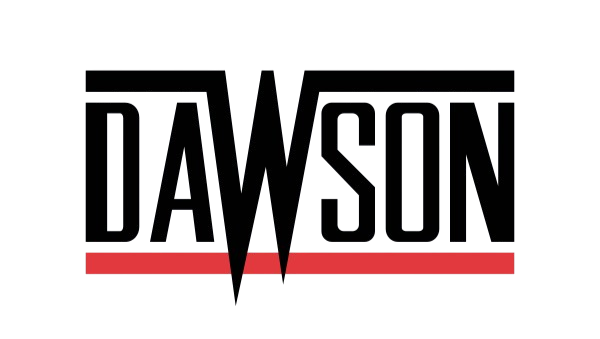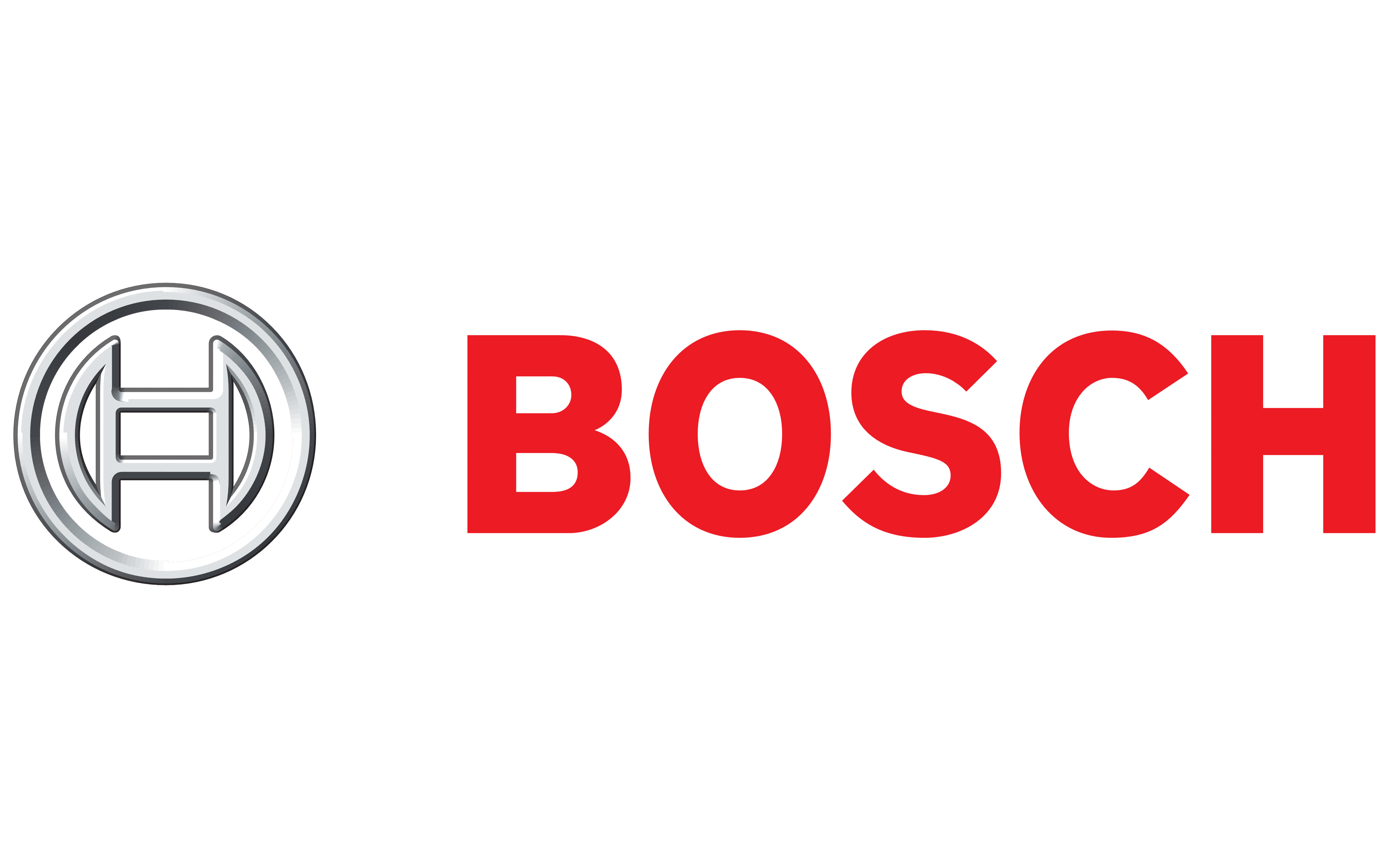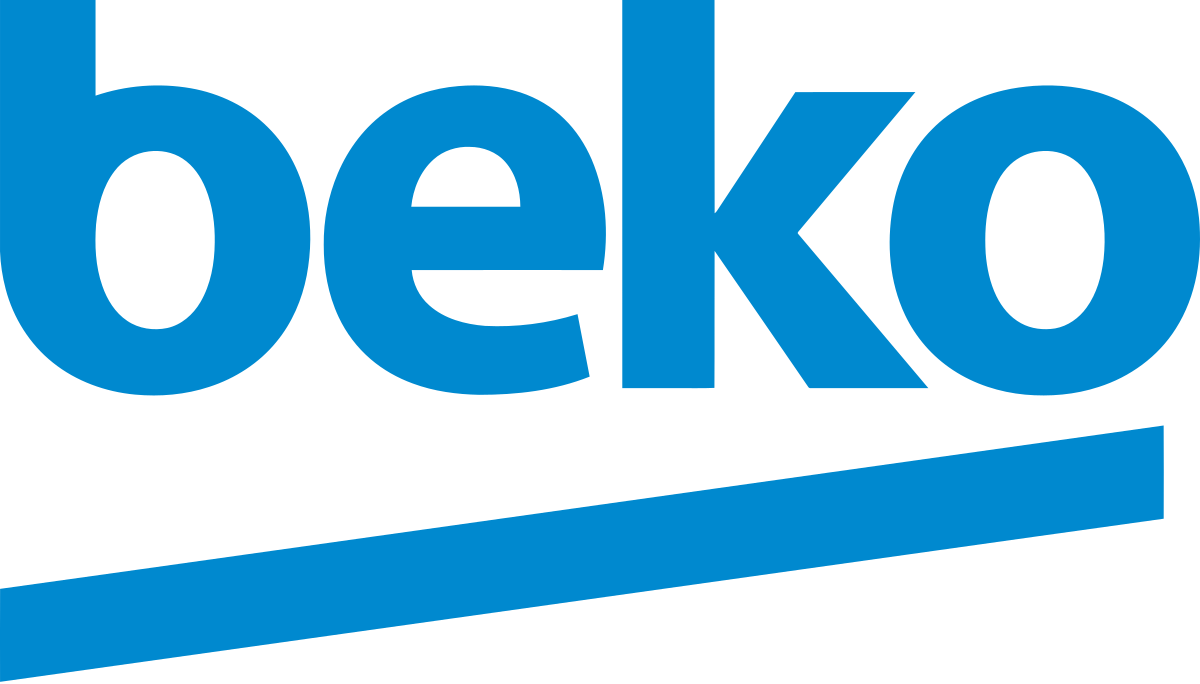
EMI Shielding in Wiring Harnesses: Best Practices for Engineers
In high-performance electrical systems—whether in automotive, aerospace, medical, or industrial environments—electromagnetic interference (EMI) is the silent disruptor that engineers must proactively eliminate. At Celestix Industries, we build custom shielded wiring harnesses engineered to meet your industry's toughest EMI/RFI demands. This guide shares EMI shielding best practices and engineering insights to optimize wiring harness EMI protection and signal integrity across critical applications.
Why EMI Shielding Matters
EMI disrupts signals, degrades equipment performance, and causes critical system failures. In electric vehicles (EVs), it can interfere with BMS or infotainment systems; in medical devices, it can corrupt diagnostic signals. Effective electromagnetic interference shielding ensures:
Key Benefits of EMI Shielding
Signal integrity for high-speed data lines
Reduced power loss in high-voltage circuits
Compliance with CE, UL, CISPR 25, and ISO 11452 standards
Extended system lifespan and lower MTBF (mean time between failures)
Enhanced safety and operational reliability
Reduced chances of regulatory non-compliance
Protection against cross-talk between adjacent cables
Improved system-level EMI immunity to support a fail-safe design
Essential EMI mitigation in wiring harness design for high-reliability harnesses
Increased reliability in high-vibration and mission-critical environments
Lower risk of field failure and warranty claims
Enhanced EMC performance during pre-compliance testing
Better energy efficiency by reducing EMI-related losses
EMI in Industry Contexts
Automotive: EMI can cause speedometer glitches, ADAS misfires, and infotainment freezes.
Aerospace: EMI-induced anomalies may compromise flight control systems and radar interfaces.
Medical: Even low-level EMI can distort ECG, EEG, and imaging device data.
Industrial: EMI may impact sensors, actuators, and PLCs, leading to unplanned downtime.
Common Sources of EMI
Additional Types of EMI Shielding
Beyond traditional techniques, newer EMI shielding approaches are emerging to meet modern demands:
1. Conductive Coatings
Applied to cable jackets or enclosures
Common materials: Silver, nickel, graphite, carbon
Used for static shielding or secondary EMI barriers
2. Shielded Conduit Systems
Offers both mechanical and EMI protection
Consists of flexible metallic tubing lined with shielded cable assemblies
Ideal for factory automation and railway systems
3. Ferrite Suppressors
Clamp-on or in-line installation
Blocks high-frequency noise
Often used in combination with braided or foil shielding
4. Composite EMI Foams and Gaskets
Used in connector interfaces or shield terminations
Provide compression-based EMI seals
Suitable for portable electronics and ruggedized devices
4. Grounded Cable Trays and Raceway Isolation
Provides large-scale EMI containment in industrial environments
Prevents radiated emissions across equipment clusters
Extended Design Tips for Engineers
Precision Tips for EMI Shielding Success
Connector Shield Bonding
Ensure connector backshells support full 360° shield termination
Avoid exposed conductors at pin entries
EMI Risk Mapping
Analyze EMI sources using simulation (EMC software)
Categorize each section of the harness into high, medium, or low EMI zones
Loop Area Reduction
Minimize loop area between forward and return conductors
Twisting paired wires reduces loop size and radiated emissions
Harness Ground Isolation
Use optical or galvanic isolation for low-voltage sensors
Prevents EMI from power circuits affecting control signals
Pre-Certification Collaboration
Work with harness manufacturers during early design to verify shielding options
Avoid last-minute design changes that compromise EMI plans
Shield Drain Wire Placement
Ensure low-impedance grounding via drain wires
Route drain wires separately to minimize induced currents
Cable Jacket Conductivity
Consider carbon-impregnated or metallic-laced jackets for conductive shielding
Match with flame retardant and ROHS compliance needs
System Grounding Strategy
Use star grounding where possible
Prevent ground loops with selective bonding
Connector Over-Molding
Over-molded connectors improve EMI sealing and vibration resistance
Shield Continuity Validation
Post-assembly testing with TDR (Time Domain Reflectometry) for shield path integrity
Materials Selection for EMI Shielded Harnesses
Case Study: Automotive Infotainment Shielding
Challenge: A Tier 1 automotive supplier faced EMI issues in infotainment harnesses connecting digital clusters, GPS modules, and rear cameras.
Solution:
Twisted pair foil shielding for GPS and camera feeds
Multi-layer braid + foil for USB and LVDS connections
Over-molded EMI connectors at junction points
Shield grounded at the vehicle chassis and verified for 360° continuity
Result: Harness passed CISPR 25 Class 5 emissions and immunity tests, enabling production release without design rework.
Engineering Takeaway: Preemptively incorporating both shielding and connector sealing into early-stage design resulted in time and cost savings during the validation phase.
Final Thoughts: EMI Shielding is a Lifecycle Priority
EMI shielding is no longer just a compliance checkbox—it's a critical design element in every smart, connected, or safety-critical product. Whether you're engineering high-voltage EV platforms or medical imaging systems, shielded harnesses provide foundational performance and system reliability.
At Celestix, we combine application-specific engineering, high-precision manufacturing, and thorough compliance knowledge to deliver EMI-hardened harnesses built for the future.
Our team is equipped with:
ISO, IPC, UL, CE, BIS, RoHS, and REACH compliance protocols
In-house pre-certification and failure-mode diagnostic support
Rapid prototyping with full traceability and shield validation
Multi-industry experience in complex EMI environments
Partner with Celestix for shielded harnesses that exceed expectations, project after project.
